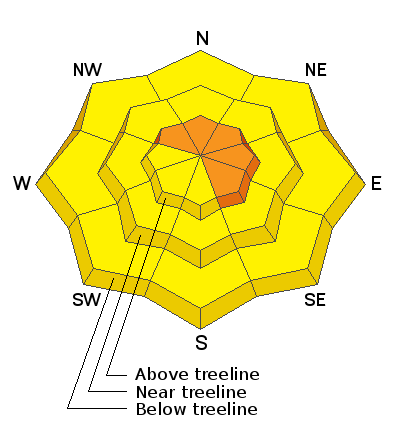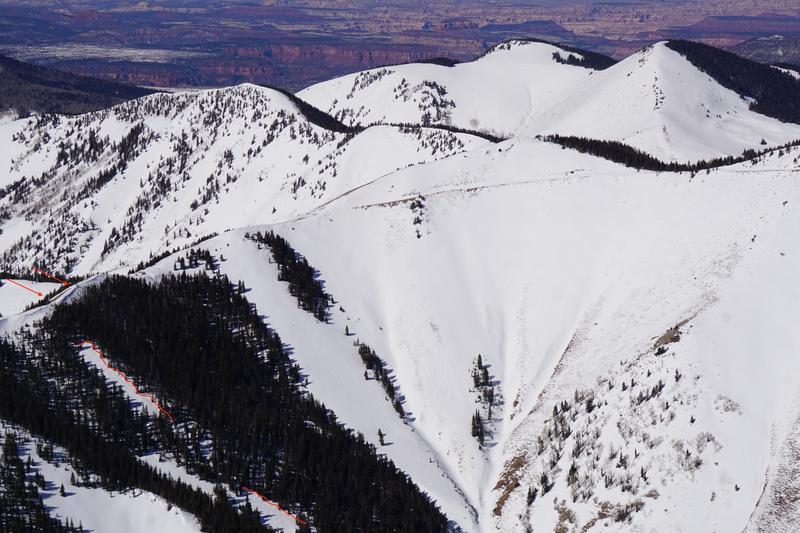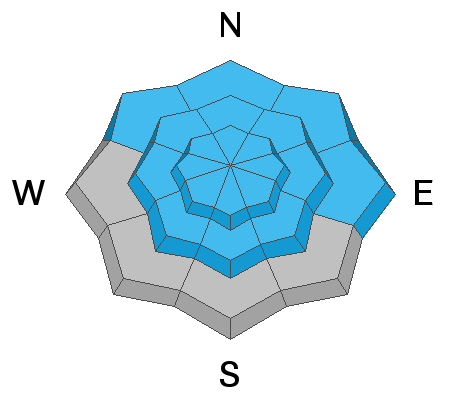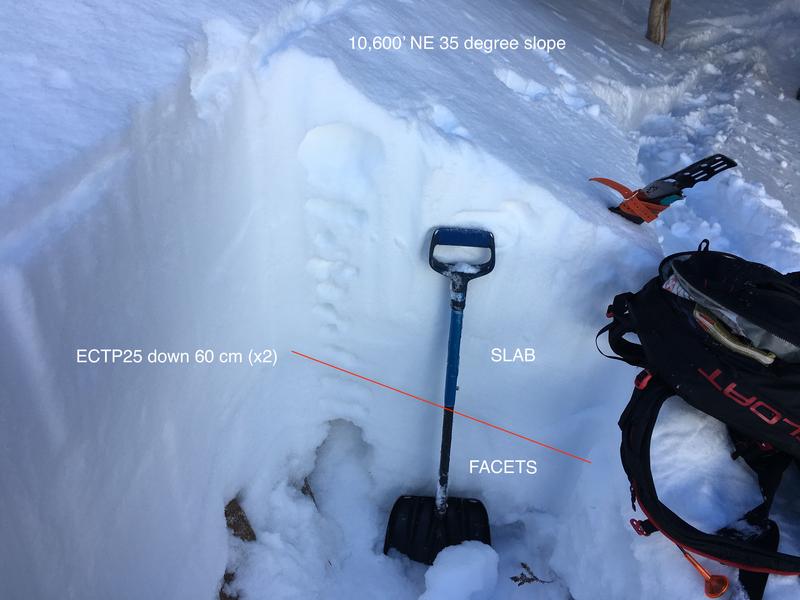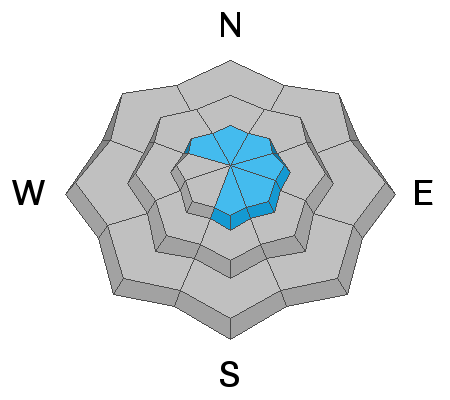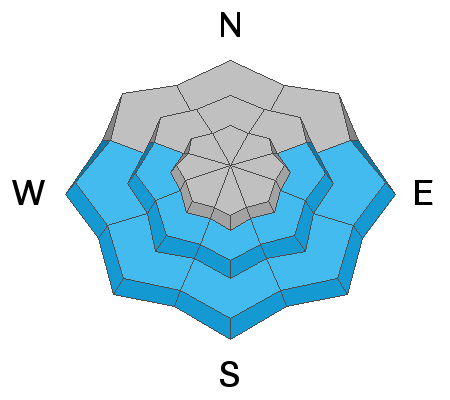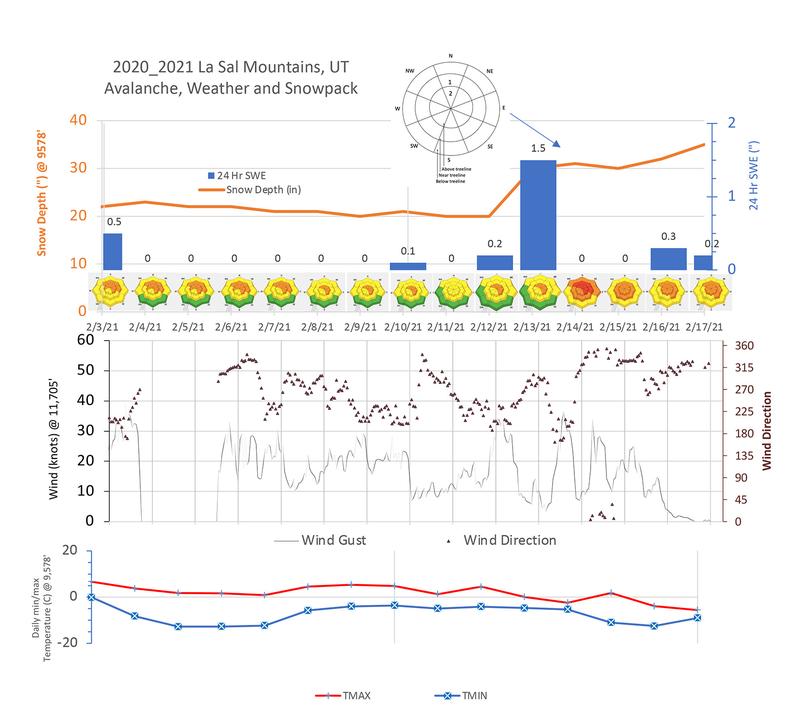The Geyser Pass Road was plowed last week. 4x4 with good tires is recommended.
The Lower Utah Nordic Alliance (LUNA) last packed and rolled the lower meadow through Gold Basin on Thursday.
24 Hour Snow 0" 72 Hour Snow 0" Base Depth in Gold Basin 48" Wind 15-20 Temp 10 F
Today it will be sunny. Highs 35 to 45 F. Southwest winds 15 to 25 mph in the afternoon. A low pressure trough entering the area this evening will bring light to moderate NW winds but no precipitation to our area. Another storm is on the horizon for the upcoming weekend, although snow totals look to be quite modest.
Snowpack Discussion
Warm temperatures and time have helped consolidate the snowpack, but weak layers are still present on many aspects and elevations. Yesterday's high at 10,000' was 38 degrees for the second day in a row, and all but the shadiest of aspects now have melt-freeze crusts. You can expect glopping and "fly-paper" conditions, so don't forget your wax! On Monday, while breaking trail in upper Gold Basin, I found supportive snow and did not experience cracking or whumpfing.
However, weak snow can be found in most areas, and is easily identified in snowpits or by probing with a ski pole. The snow we received last week has settled into a 1-3' slab that may disguise the buried weak layers underneath. In areas where this slab is thinner, you are more likely to trigger deep and dangerous avalanches. On a NE aspect near treeline, I observed poor
snowpack structure and a somewhat stubborn slab. On a west aspect near treeline, Travis Nauman reported signs of a strengthening snowpack in this
observation. By contrast, this
observation from the Corkscrew Glades reports collapsing and whumpfing to be fairly widespread. The bottom line is that a weak, faceted snowpack is not going away anytime soon, and you can still trigger large and destructive avalanches that entrain the entire season's snowpack.
Yesterday in the Abajo Mountains, I observed this avalanche on a NE aspect at 10,800' near Abajo Peak. This avalanche probably occurred sometime after Feb. 13th. Evidence of wind loading from the SW is visible in the left portion of the photo. With the current poor snowpack structure, this means many steep slopes are hanging in balance just waiting for a human trigger. Remember to avoid steep slopes with the same aspect, elevation, and configuration as recent avalanches.
